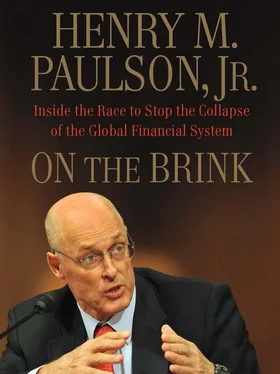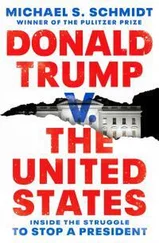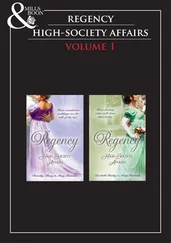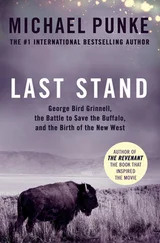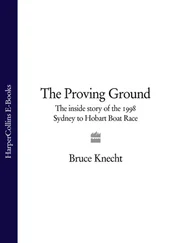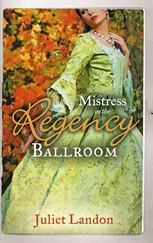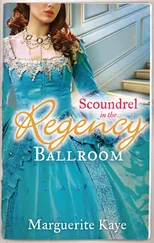To save money, one of my predecessors had closed the Markets Room, so we lacked the ability to monitor independently and in real time what was happening on Wall Street and around the world. I quickly built a new one on the second floor, with help from Tim Geithner, who loaned us staffers from the New York Fed’s own top-notch team. The Markets Room was my first stop many mornings. During the crisis I came to dread the appearance at my door of New York Fed markets liaison Matt Rutherford, who was on loan to Treasury and would come to deliver market updates. It almost never meant good news.
I’m a hands-on manager, and I tried to establish a tone and style that ran counter to the formality of most governmental organizations. I insisted on being called Hank, not the customary Mr. Secretary. I returned phone calls quickly and made a point of getting out of the office to see people. Typically, the Treasury secretary had not spent much time with the heads of the various Treasury agencies and bureaus—from the Bureau of the Public Debt to the Bureau of Engraving and Printing—which account for nearly all of the department’s 110,000 employees. But I believed that face-to-face communications would help us avoid mistakes and improve morale. This would prove helpful later when I would need to work closely with people like John Dugan, the comptroller of the currency, whose office oversaw national banks and who reported to me on policy and budget matters. When the crisis struck, I knew I could rely on John’s calmness and sharp judgment.
To my mind, Treasury secretary is perhaps the best job in the Cabinet: the role embraces both domestic and international matters, and most of the important issues of the country are either economic in nature or have a major economic component. But the Treasury secretary has much less power than the average man or woman in the street might think.
Treasury itself is primarily a policy-making institution, charged with advising the president on economic and financial matters, promoting a strong economy, and overseeing agencies critical to the financial system, including the Internal Revenue Service and the U.S. Mint. But Treasury has very limited spending authority, and the law prohibits the secretary from interfering with the specific actions of regulators like the Office of the Comptroller of the Currency and the Office of Thrift Supervision, even though they are nominally part of the department. Tax-enforcement matters at the IRS are also off-limits. Depression-era legislation allows the president and the Treasury secretary to invoke emergency regulatory powers, but these are limited to banks in the Federal Reserve System and do not extend to institutions like the investment banks or hedge funds that play a major role in today’s financial system.
The power of the Treasury secretary stems from the responsibilities the president delegates to him, his convening power, and his ability to persuade and influence other Cabinet members, independent regulators, foreign finance ministers, and heads of the Bretton Woods institutions like the World Bank or the International Monetary Fund.
I came to Washington determined to make the most of my position. The first order of business was to restore credibility to Treasury by building a strong relationship with President Bush and making clear that I was his top economic adviser. It also helped to make clear to the president that although I would always speak my mind behind closed doors, there would never be any daylight between us publicly.
I chose to define my role broadly. I held regular meetings with Tim Geithner and Federal Reserve Board chairman Ben Bernanke, knowing that in a crisis we would have to work together smoothly. I also tried to develop my relationship with Congress. I had come to Washington with no close contacts on the Hill, but the way I saw it, I now had 535 clients with whom I needed to build relationships, regardless of their party affiliations. I was fortunate to inherit an outstanding assistant secretary for legislative affairs in Kevin Fromer, who had great judgment and a knack for getting things done. I don’t like briefing memos, and Kevin could tell me what I needed to know in two minutes as we rushed from one meeting to the next on the Hill. Afterward, he didn’t shy from telling me what I could have done better. We made a good team.
On August 2, I’d met for the first time with the President’s Working Group on Financial Markets (PWG), in the large conference room across the hall from my office. Led by the secretary of the Treasury, the PWG included the chairs of the Federal Reserve Board, the Securities and Exchange Commission (SEC), and the Commodity Futures Trading Commission. It had been formed after the 1987 market crash to make policy recommendations but had functioned more or less ceremonially. What little preparatory work was done was handled at a very junior staff level. The agencies were competitive and didn’t share information with one another. Meetings were brief, with no staff presentation, and held on an ad hoc basis.
I decided to change that. I added Tim Geithner to our group of principals, reasoning that the New York Fed would be at the forefront of fighting any crisis. I also asked John Dugan to attend the meetings, because the OCC played a major role as a regulator of the largest banks. I was determined to form a cohesive group with close working relationships—it would be critical to how we performed in a crisis.
We scheduled meetings every four to six weeks and put these on the calendar a year in advance. Before long we were clicking, sharing information and developing substantive agendas. Meetings ran three hours and were well organized, with detailed presentations, including a memorable one by the New York Fed on how various financial institutions were managing risk.
Early on we focused on the issues of over-the-counter derivatives and leverage in the system. We homed in on hedge funds. As of February 2006, the SEC had begun requiring them to register as investment advisers, subjecting some to regulatory scrutiny for the first time (others had already volunteered to be regulated). Then in June a federal appeals court had overturned that rule.
The PWG focused on auditing the relationship between the hedge funds and the regulated institutions that, among other services, financed them. In February 2007 we would release a report calling for greater transparency from hedge funds and recommending they follow a set of best-practice management and investing principles. A year later we proposed that the biggest funds, which posed a risk to the system, be required to have a federal charter or license.
In preparation for the PWG meetings, Treasury staff, under the direction of Tony Ryan, assistant secretary for financial markets, studied scenarios that included the failure of a major bank, the blowup of an investment bank, and a spike in oil prices. They had originally planned to conduct tabletop exercises on the failure of a government-sponsored enterprise like Fannie Mae and the collapse of the dollar, but decided against doing so for fear that word might leak to the press, leading the public to believe we thought these scenarios imminent.
When I accepted the job at Treasury, I told President Bush that I wanted to help manage our economic relationship with China. To be successful, we needed to involve the key policy makers of both countries, and I knew I could assist the administration, given my years of experience in China. Launched in September 2006, the Strategic Economic Dialogue (SED) brought together the most senior leaders of both countries to focus on long-term economic matters such as economic imbalances, trade, investment, finance, energy, and the environment. I led the U.S. side, while the feisty vice premier Wu Yi (followed in 2008 by the very able Wang Qishan) represented China.
Читать дальше
